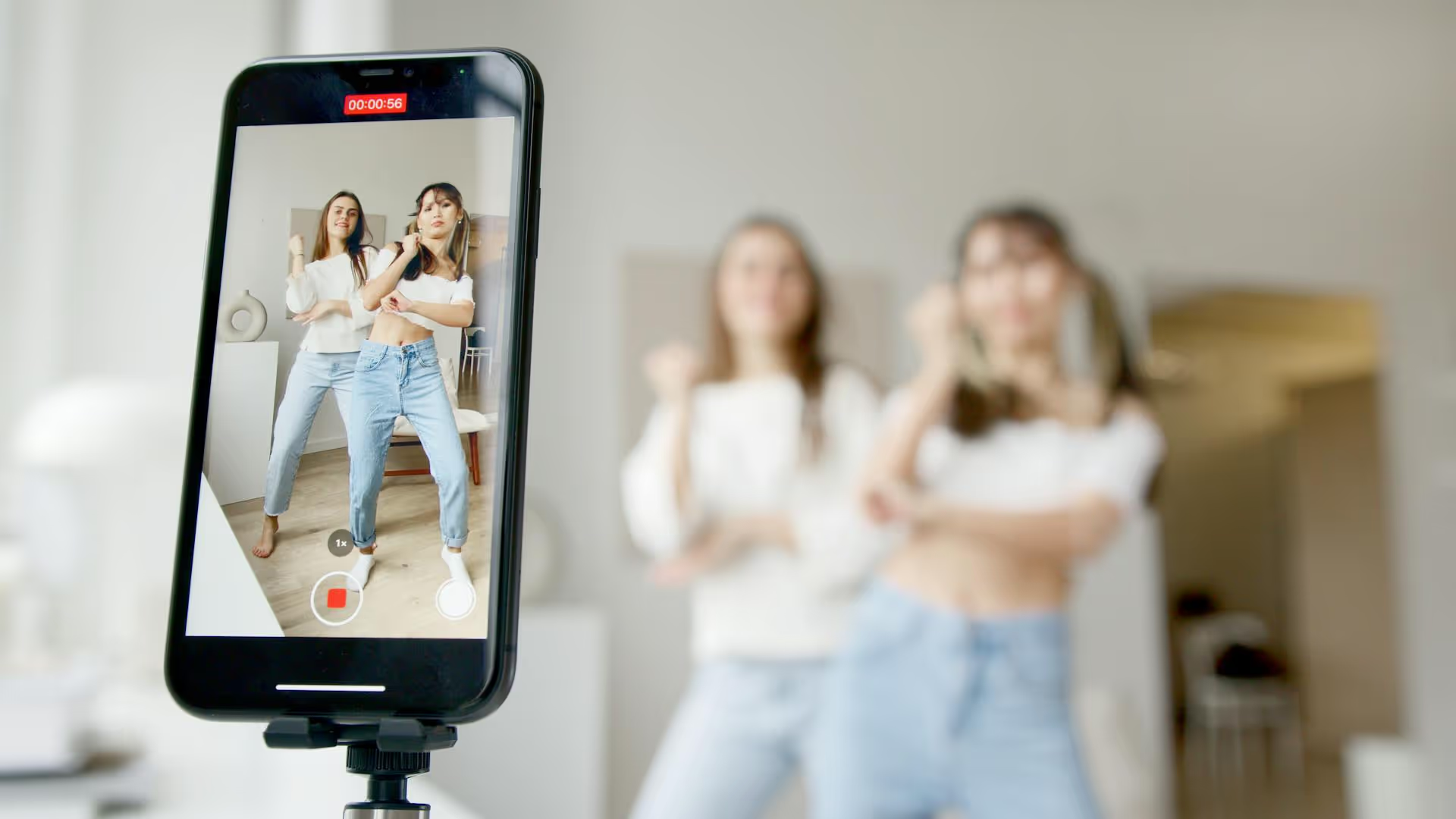How to Add Social Media Icons to an Email Signature
Enhance your email signature by adding social media icons. Discover step-by-step instructions to turn every email into a powerful marketing tool.

Got a stunning horizontal photo that you're dying to share but can't stand how Instagram Stories butchers it with that awkward vertical crop? You're not alone. This guide walks you through several simple methods to post your landscape photos to a vertical-first world, from quick built-in tricks to more polished, professional techniques that will make your content stand out.
Sometimes you just need to get a photo up quickly without a lot of fuss. Instagram has a built-in feature that lets you do exactly that. It's the most straightforward method, taking only a few seconds, though it offers the least creative control.
This is the default way to handle a horizontal photo, and it couldn't be simpler. You've likely done this by accident before, but here's how to do it on purpose:
And that’s it. You can move the photo up or down, but you can’t make it any larger than the screen’s width. Once you do this, Instagram automatically generates a background. This background is a simple color gradient that it pulls from the dominant colors in your photo to create a visually consistent, if basic, look.
If the auto-generated background isn't doing it for you, there are a couple of clever workarounds you can use without ever leaving the Instagram app. These tricks give you more say over the look and feel of your Story, making your content feel more intentional.
This technique uses Instagram's "Create" mode and the photo sticker to let you choose your own solid or gradient background color. It's a fantastic middle-ground between the super-quick pinch method and a full-blown design app.
The best part? Tapping on the photo sticker itself will cycle it through different shapes - like a circle, star, or rectangle with rounded corners - giving you even more creative options.
This is an incredibly popular aesthetic you've probably seen other creators use. It involves using the horizontal photo itself as a blurred, full-screen background. It looks professional, is visually pleasing, and keeps the focus on the photo you're sharing. It takes a few extra steps, but the result is well worth the effort.
Pro Tip: For an even better look, find a free photo editing app (like Snapseed or even your phone's built-in editor) and apply a blur effect to the screenshot before you use it as your background in Step 3. A gentle blur makes the centered foreground image pop even more.
When you want complete creative freedom and a look that’s perfectly aligned with your brand, it's time to turn to a third-party design app. Tools like Canva, Unfold, or Adobe Express are built for exactly this purpose and make creating professional-looking Stories easy.
While the exact buttons differ slightly between apps, the basic process is always the same:
Using a dedicated app feels like the most work, but it offers the most reward, creating content that looks intentional, professional, and completely custom to you.
Is going through these extra steps really worth it? Absolutely. This isn't just about being particular, it has legitimate strategic benefits for anyone using social media to build a brand, a business, or an audience.
From a simple pinch-and-zoom to a fully branded design template, you have plenty of options for posting horizontal photos on your Instagram Story. Choosing the right method depends on your goal&mdash,whether it's speed and convenience or creating a polished piece of on-brand content that helps you stand out from the noise.
After creating all these beautiful, perfectly formatted horizontal Stories, it’s frustrating when your social media tool makes scheduling them a pain or, even worse, fails to post them on time. At Postbase, we built our visual calendar and scheduling tools specifically for today's content formats, including Stories, Reels, and TikToks. After you perfect your design in Canva or Instagram, you can drop it into our intuitive visual planner, see how it fits with the rest of your content, and trust that it will go live exactly when you schedule it, every time.
Enhance your email signature by adding social media icons. Discover step-by-step instructions to turn every email into a powerful marketing tool.
Learn how to add your Etsy link to Pinterest and drive traffic to your shop. Discover strategies to create converting pins and turn browsers into customers.
Grant access to your Facebook Business Manager securely. Follow our step-by-step guide to add users and assign permissions without sharing your password.
Record clear audio for Instagram Reels with this guide. Learn actionable steps to create professional-sounding audio, using just your phone or upgraded gear.
Add translations to Instagram posts and connect globally. Learn manual techniques and discover Instagram's automatic translation features in this guide.
Optimize your Facebook Business Page for growth and sales with strategic tweaks. Learn to engage your community, create captivating content, and refine strategies.
Wrestling with social media? It doesn’t have to be this hard. Plan your content, schedule posts, respond to comments, and analyze performance — all in one simple, easy-to-use tool.